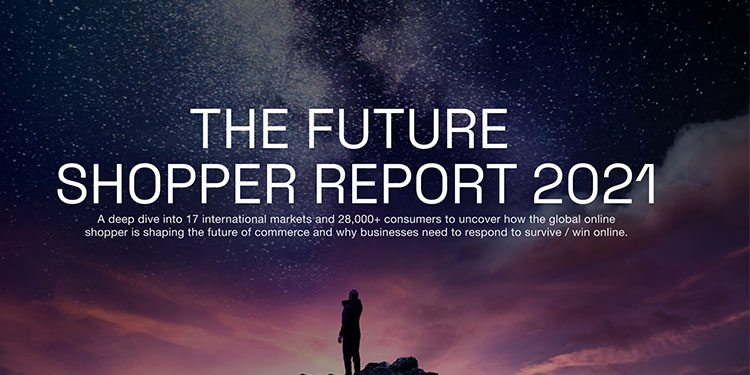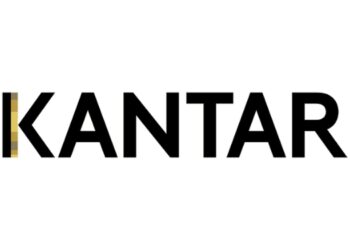New Delhi: Wunderman Thompson Commerce’s Future Shopper Report 2021 – which surveyed over 28,000 consumers across 17 countries on their current and future shopping habits – has uncovered how the global online shopper is shaping the future of commerce and how businesses need to respond to win online.
The report reveals that in a post-pandemic world, online shopping will account for over half (51%) of retail sales globally with 72% of global shoppers saying that online shopping came to their rescue in 2020 and nearly three-quarters (73%) saying eCommerce would be more important to them in 2021. Another contributing factor for 60% of global shoppers was being more comfortable using digital technology in the wake of the pandemic.
Across Asia, consumers reported that digital commerce has been more important to them during the pandemic than anywhere else and it is shoppers in this region who are also now demanding the most from digital retailers. The report reveals that 86% of Indian shoppers are less prepared to put up with mediocre or even ‘satisfactory’ shopping experiences and demand excellence from brands and retailers. Amazon emerged as the leading source of inspiration for Indian online shoppers and ranked highest in terms of the service and experience they provide to consumers.

Hugh Fletcher, Global Head of Consultancy and Innovation at Wunderman Thompson Commerce, said, “eCommerce can no longer be treated as the supplementary sales channel. Global shoppers have clearly stated that, in the future, it will be their primary channel for retail purchasing. Some organizations, and particularly marketplaces, are reaping the rewards of investing in a strong online presence, while the news has been littered with stories of businesses who have not identified these changing demands going bust.
“Amazon continues to be the leader of the retail pack in the West, alongside Mercado Libre in LATAM and a number of marketplaces in APAC, but they are facing increasing pressure from consumers to be more ethical and from competitors who are investing in their own direct-to-consumer offerings, digital marketplaces, innovations and social media platforms. Couple this with the fact that COVID-19 has weakened brand loyalty, and serious challenges remain in the sector – it’s no longer enough to just have an online offering that reaches customers on one or two channels and to expect long-term ROI.”
Despite the unabated rise of eCommerce and the fear of physical shop – 72% of Indians are the most frightened about shopping in-store as compared with their global counterparts in the wake of COVID-19. Consumers on the whole are demanding integrated omnichannel offerings from retailers and brands. What’s more, two-thirds (64%) of global shoppers say that they prefer to shop with brands that have both an online and offline presence, while 59% of consumers said they wished brands would communicate seamlessly with them across all channels, digital and physical. And their expectations need to be met, with close to three-quarters (73%) saying retailers need to get better at giving them the products, service, and experience they expect.
This means that retailers must operate across multiple channels including social commerce which is going to be a massive aspect of eCommerce. In fact, 44% of global consumers have already bought from a social platform and over half (56%) intend to increase this in the future.
“2021 and beyond will usher in an era of more diverse online offerings, with marketplaces, direct-to-consumer brand sites and social commerce all having a key role to play. Businesses must ensure that this more complex online landscape complements their overall retail offering which needs to span digital and physical,” Fletcher concluded.

















